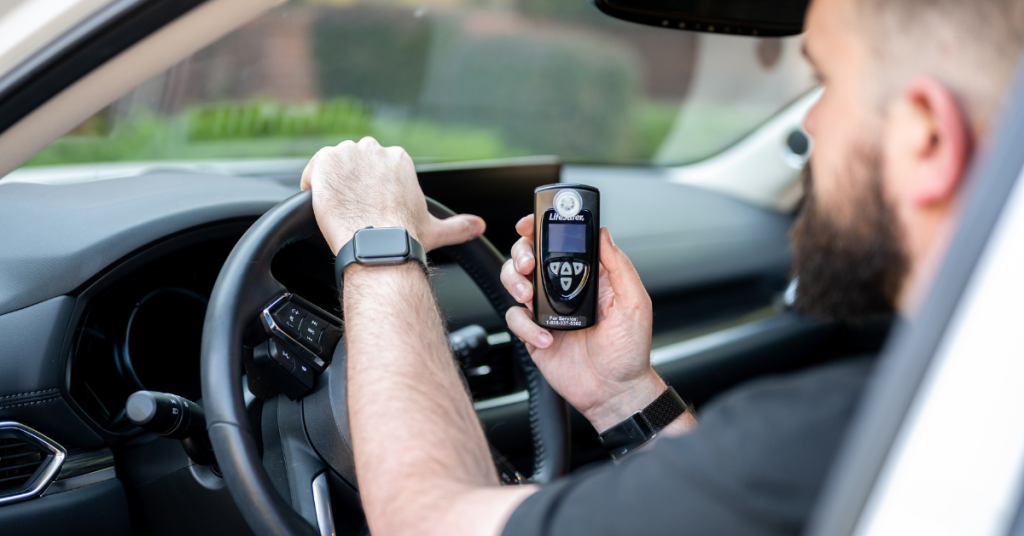Successfully completing an ignition interlock program requires more than just installing a car breathalyzer; it demands strict adherence to regulations. For individuals mandated to install an ignition interlock device (IID) due to a DUI or DWI, understanding and following the program’s guidelines are crucial.

Stay Informed
The foundation of a successful ignition interlock program starts with understanding your state’s DUI laws. Each state sets its own regulations concerning DUI offenses, penalties, and IID installation requirements. Beyond state-mandated laws, your personal ignition interlock program will also outline specific rules, including rolling tests and calibration requirements.
To ensure compliance, research your state’s Department of Motor Vehicles (DMV) website for detailed information on DUI laws and ignition interlock program requirements, meticulously review all documentation provided by your IID service provider, and proactively seek clarification from the DMV or your provider for any questions. Additionally, stay informed about updates or changes to your state’s DUI laws to maintain ongoing compliance.
Avoid Violations
One of the most critical aspects of your ignition interlock program is preventing violations. Any instance where the IID detects alcohol, tampering, or circumvention can lead to severe consequences, including extended program durations, fines, and legal penalties.
- Refrain from consuming any alcohol or substances that could trigger the car breathalyzer.
- Plan around using the device if you consume certain medications or food products that may trigger the device.
- Avoid using mouthwash or other products containing alcohol before using the IID.
- Never attempt to bypass or tamper with the device. This includes having someone else provide a breath sample.
If you are unsure if something may cause a violation, it’s best to be cautious and avoid it.
Maintaining Scheduled Calibrations
Maintaining program compliance and ensuring accurate reporting relies heavily on the regular calibration of your IID. Depending on specific regulations, most programs mandate calibrations every 30, 60, or 90 days. These scheduled calibrations are crucial as they guarantee that the IID functions correctly, providing accurate alcohol readings.
Regular appointments with service technicians enable the early detection and resolution of potential device issues, and consistently keeping these appointments prevents reporting complications.
Responsible Device Care
Ensuring that your car breathalyzer is properly working requires responsible device care. Proper handling and storage can prevent damage to the device and maintain accurate readings.
Securely mount the IID in your vehicle to mitigate damage caused by movement or impact, protect the device from extreme temperatures and moisture, and avoid prolonged exposure to direct sunlight. Review the manufacturer’s cleaning and maintenance instructions to maintain the quality of your device. If there is any damage, promptly contact your IID provider for assistance.
Summary
Navigating an ignition interlock program successfully hinges on adherence to regulations, proactive maintenance, and responsible device care. Keeping up with your device doesn’t have to be a hassle if you choose LifeSafer Ignition Interlock. Choose LifeSafer for a reliable device that protects your vehicle from damage and minimizes malfunctions, outperforming leading competitors. Find everything you need online, including state DUI laws, FAQs, troubleshooting, and 24/7 customer support.
By staying informed, avoiding violations, maintaining scheduled calibrations, and protecting your ignition interlock device (IID), you pave the way for a smoother program experience. Remember, the final step in this journey is the removal of the device, and the more compliant you are throughout the process, the more seamless and efficient your path to regaining full driving privileges will be.